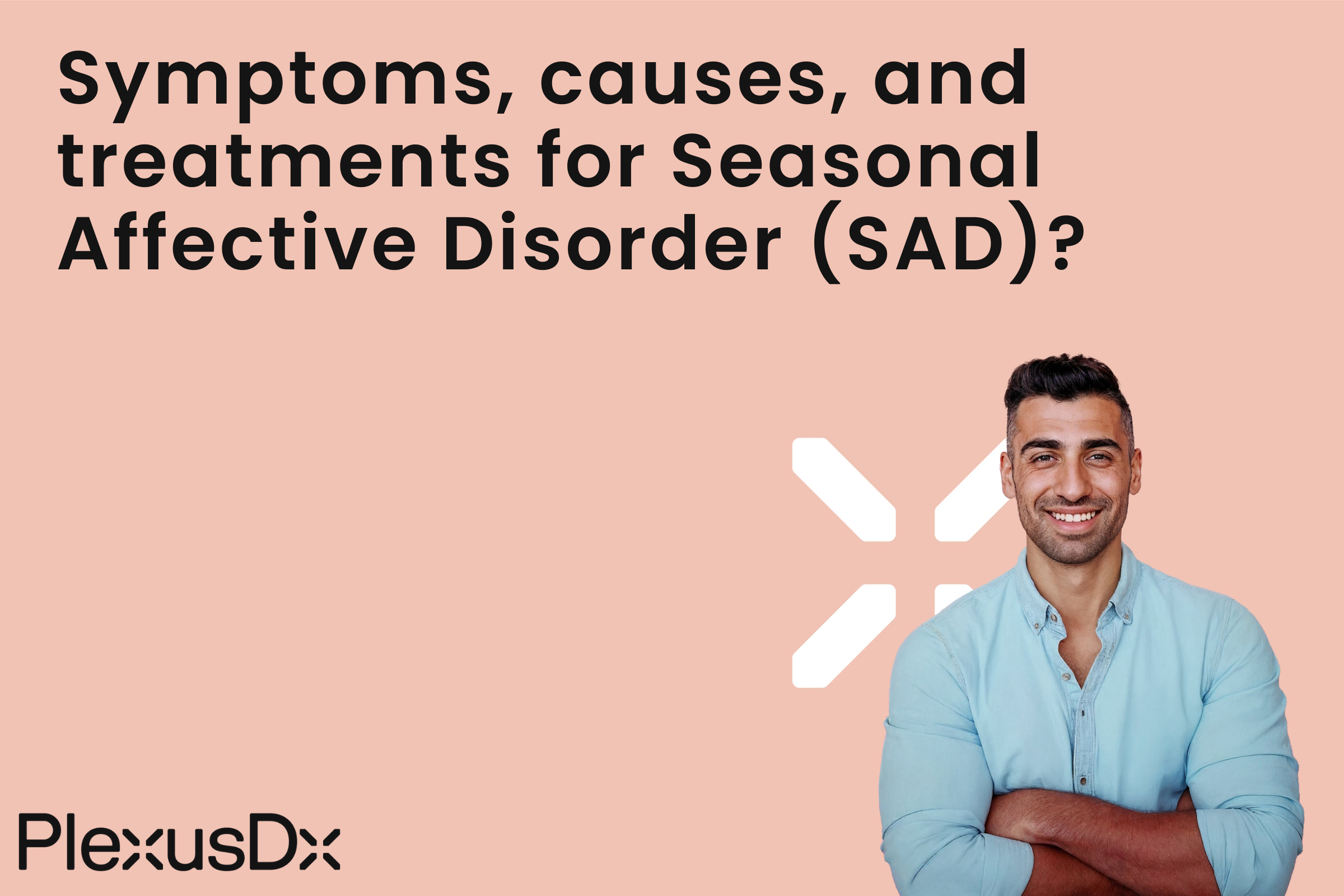Seasonal Low Mood: When the seasons change and daylight decreases do you experience more sadness or lower energy levels?
Changes in seasons affect our emotional state and vitality levels which can trigger Seasonal Affective Disorder (SAD). This blog post examines the genetic basis of Seasonal Low Mood with a special focus on Seasonal Affective Disorder (SAD) including its symptoms, causes, and possible treatments. Seasonal Low Mood or Seasonal Affective Disorder (SAD) represents a recurring depressive condition that usually surfaces during fall and winter because of reduced sunlight exposure. The disorder impacts numerous components of health such as our internal clock regulation and the levels of serotonin and melatonin in our bodies. The medical community recognizes Seasonal Affective Disorder as a specific subtype of major depressive and bipolar disorders which affects about 5% of people. SAD patients often experience sadness and hopelessness along with reduced energy and concentration problems while experiencing changes in eating habits and sleep patterns as well as losing interest in activities they once enjoyed. Even if seasonal mood changes happen to you they do not necessarily indicate SAD but you should consult a professional if you think you might have this condition. A healthcare provider consultation enables you to obtain an accurate diagnosis and develop a treatment plan tailored to your individual requirements.
Evidence and Explanation:
The development of SAD involves genetic components which may explain 30% of the differences in seasonal response among people. The genes responsible for SAD alter both our biological rhythms and serotonin levels which leads to the development of this disorder. The symptoms of SAD can intensify for people with depression or bipolar disorder due to risk factors like family history as well as low vitamin D levels and residence in high-latitude areas. Research continues to explore the genetic basis of SAD which remains under scientific scrutiny and is currently backed by low-quality evidence to understand genetic predispositions linked to the condition. Approaching the genetic aspect of SAD requires careful consideration since additional studies are necessary to validate these findings and expand our understanding of its mechanisms.
Practical Advice:
The following actionable tips will help you manage symptoms of SAD or seasonal mood changes in yourself or a loved one.
- Light Therapy: Phototherapy or light therapy requires patients to sit in front of bright artificial light which simulates natural sunlight. The treatment helps maintain your circadian rhythm while reducing mood symptoms linked to SAD.
- Psychotherapy: Talk therapy and counseling sessions offer valuable support and coping mechanisms to people who struggle with SAD. Through therapy individuals receive assistance to modify negative thinking habits while learning better mood control techniques and achieving stronger mental health.
- Medication: Healthcare professionals might prescribe antidepressant drugs to treat symptoms of Seasonal Affective Disorder (SAD). These drugs work by restoring normal neurotransmitter levels in the brain which helps reduce both depression and anxiety symptoms.
You can manage seasonal mood changes and improve your mental health during difficult times by adding these strategies to your daily routine and seeking professional support.
Conclusion:
Seasonal Affective Disorder (SAD) presents as a multifaceted condition that results from genetic backgrounds as well as environmental and lifestyle elements. Genetic predispositions play a role in SAD development yet more research is required to ascertain the full extent of genetic mechanisms and their effects. Through symptom recognition of SAD and consultation with medical professionals for personalized treatment plans people can successfully manage their condition and improve their general health. Readers are recommended to investigate the Precision Health & Wellness tests available through PlexusDx on their own website as well as major retailers Amazon and Walmart. Understanding your genetic predispositions and personalized health data enables you to make better choices about your health and work with healthcare providers to improve your health results. Prioritize your mental health by actively seeking support and guidance which leads to improved emotional wellness and resilience.

Share:
What are the genetic factors in low back injury risk and prevention?
AKT1 gene: impact on human lifespan and health?